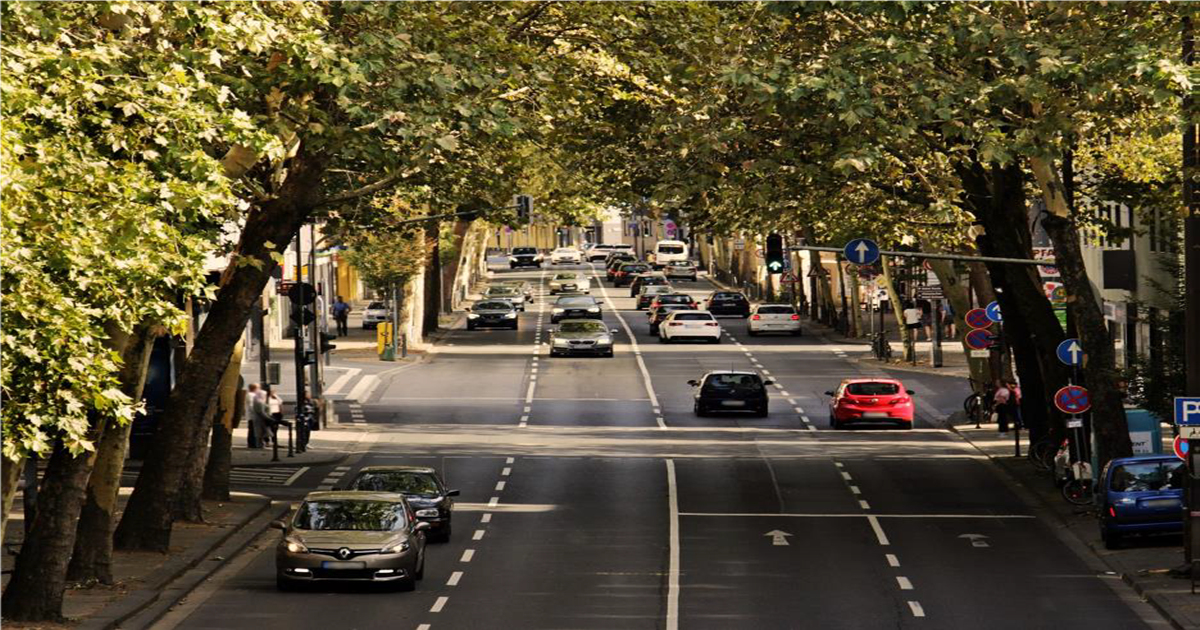Road Infrastructure Systems and Future Mobility Technologies
A special issue of Applied Sciences (ISSN 2076-3417). This special issue belongs to the section "Transportation and Future Mobility".
Deadline for manuscript submissions: closed (20 May 2023) | Viewed by 3879

Special Issue Editors
Interests: intelligent transportation systems; traffic flow; big data; artificial neural network; machine learning; pedestrian safety
Interests: sustainable urban mobility; mobility management; first last mile logistics
Special Issues, Collections and Topics in MDPI journals
Interests: road traffic engineering; road and intersections capacity analysis; measurements; traffic modeling; research and traffic flow analysis; transport infrastructure; functional analysis; transport systems and processes modeling; transportation engineering
Special Issues, Collections and Topics in MDPI journals
Special Issue Information
Dear Colleagues,
In recent years, and in most developed and developing countries, a significant problem has been discovered: the lack of preparation of many roads and rail transportation networks to contend with future mobility technologies. This problem puts both Government and public transportation users at significant risk. There are also pre-existing problems of traffic congestion, road accidents and lack of road infrastructure that are still hampering most developing countries' developmental progress in public road transportation.
It is important to note that most developed countries are still years behind in providing infrastructure technology for future mobility technologies, especially in autonomous vehicles, autonomous technologies and electric vehicles. In recent years, European countries have been estimated to be spending more than 70% of their yearly transportation budget on managing and building new transportation networks. These transportation management strategies are usually costly and sometimes complicated.
This Special Issue addresses cogent research questions revolving around future mobility technologies, traffic congestion, autonomous vehicles, and the transportation infrastructure of developed and developing countries.
This Special Issue welcomes original and high-quality research papers, literature reviews, and review papers which may consider, but are not limited to:
- Road transportation infrastructures
- Autonomous vehicles
- Machine learning and deep learning in road transportation
- Artificial intelligence
- Big data
- Traffic congestions
- Traffic flow
- Autonomous technologies
- Modelling and analysis of traffic flow
- Traffic safety
- Vulnerable road users
Dr. Isaac Oyeyemi Olayode
Dr. Tiziana Campisi
Prof. Dr. Elżbieta Macioszek
Guest Editors
Manuscript Submission Information
Manuscripts should be submitted online at www.mdpi.com by registering and logging in to this website. Once you are registered, click here to go to the submission form. Manuscripts can be submitted until the deadline. All submissions that pass pre-check are peer-reviewed. Accepted papers will be published continuously in the journal (as soon as accepted) and will be listed together on the special issue website. Research articles, review articles as well as short communications are invited. For planned papers, a title and short abstract (about 100 words) can be sent to the Editorial Office for announcement on this website.
Submitted manuscripts should not have been published previously, nor be under consideration for publication elsewhere (except conference proceedings papers). All manuscripts are thoroughly refereed through a single-blind peer-review process. A guide for authors and other relevant information for submission of manuscripts is available on the Instructions for Authors page. Applied Sciences is an international peer-reviewed open access semimonthly journal published by MDPI.
Please visit the Instructions for Authors page before submitting a manuscript. The Article Processing Charge (APC) for publication in this open access journal is 2400 CHF (Swiss Francs). Submitted papers should be well formatted and use good English. Authors may use MDPI's English editing service prior to publication or during author revisions.
Keywords
- traffic flow
- autonomous vehicles
- machine learning
- road infrastructure
- mobilities technologies
- smart cities
- road infrastructures







